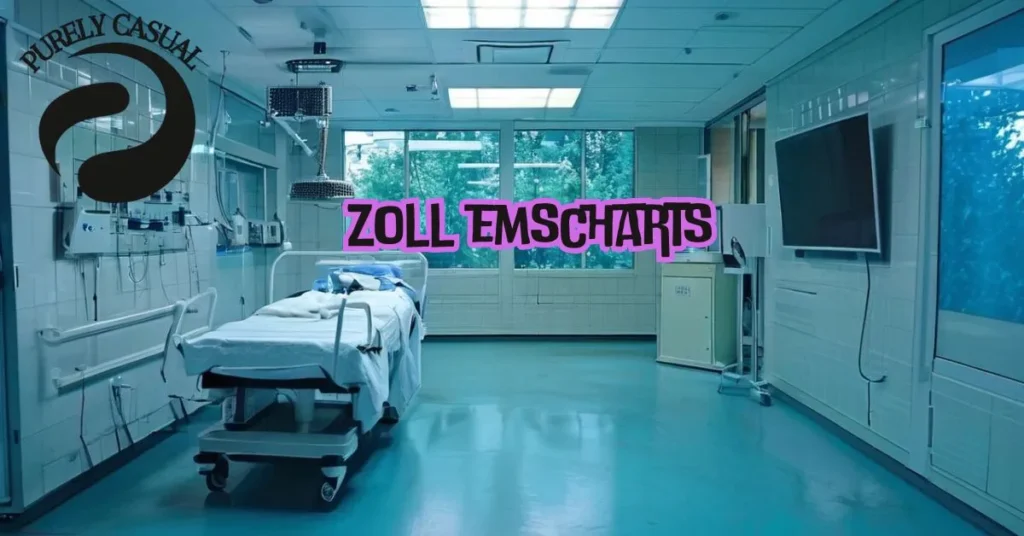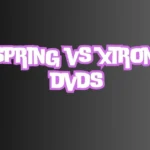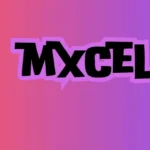Zoll Medical is a trusted name in emergency medical services (EMS) technology. The company is known for its innovative products that help EMS teams save lives. One of its key offerings is Zoll emsCharts, a cloud-based EMS reporting software.
Zoll emsCharts is designed to simplify patient data collection and management. EMS providers can record critical information in real-time, even in high-pressure situations. This makes it easier for EMS teams to focus on patient care while ensuring accurate, compliant data.
The software is NEMSIS-compliant, meaning it meets national standards for EMS data reporting. This is important because NEMSIS compliance ensures that the data collected is uniform and can be used for reporting on a national level. Zoll emsCharts also integrates seamlessly with other healthcare systems, improving communication between EMS providers and hospitals.
Another standout feature is its mobile access. EMS professionals can enter or view data from anywhere using mobile devices. This is especially useful when working in the field, as it reduces the need for manual paperwork and speeds up data entry.
Zoll emsCharts also supports HIPAA compliance, ensuring patient information is secure and protected. The software is designed to help EMS providers meet regulatory requirements while reducing administrative burdens. By using Zoll emsCharts, EMS teams can improve their workflow and patient care.
In this blog post, we will explore the key features, integrations, and benefits of Zoll emsCharts. We will also examine how the software improves efficiency and accuracy in EMS reporting.
Table Of Contents
Key Features and Benefits
Streamlined EMS Patient Data Collection
This software simplifies the process of collecting patient information. EMS providers can enter data quickly and accurately, even during emergencies. It reduces paperwork, allowing teams to focus more on patient care.
The system is designed to be user-friendly, so even busy paramedics can easily use it in the field. It supports pre-filled forms and templates to speed up the data entry process, helping reduce errors and ensure all necessary information is collected.
Real-Time Data Sharing and Collaboration
One of the significant advantages is real-time data sharing. EMS teams can instantly send patient information to hospitals or other healthcare providers, ensuring that medical staff are fully prepared when the patient arrives.
This real-time collaboration improves patient outcomes by speeding up diagnosis and treatment. EMS providers can also receive hospital updates or instructions, helping them make critical decisions on the go. It enhances coordination between all parties involved in patient care.
Customizable Reporting and Analytics Tools
The software offers customizable reporting features that are valuable for field providers and administrators. EMS teams can create detailed reports to track performance and operations tailored to meet the needs of any department.
It also provides analytics tools that allow administrators to analyze trends. This helps in identifying areas for improvement and optimizing workflows. By using these tools, EMS teams can make data-driven decisions to enhance overall efficiency.
Mobile Access and Cloud-Based Solutions
As a cloud-based solution, EMS teams can access the system from anywhere. Providers can enter and review data in real time, whether on a tablet or smartphone. This mobility is critical for EMS professionals who are constantly on the move.
Cloud storage ensures that all data is securely backed up and accessible anytime. It also means that updates are instantly available across the entire team, allowing for seamless communication and coordination across different locations.
Regulatory Compliance
This software is designed to meet all major regulatory standards, including HIPAA. This ensures that patient data is handled securely and complies with privacy laws.
It is also NEMSIS-compliant, meaning it follows national standards for EMS data reporting. This is essential for submitting accurate and uniform data to government agencies. The software helps EMS teams stay compliant while reducing the administrative workload.
Integrations and Compatibility
Integration with Zoll Medical Solutions
The software integrates seamlessly with other Zoll Medical products. This includes devices like defibrillators and ventilators that EMS teams use during emergencies. The integration allows data from these devices to flow directly into the system, reducing the need for manual data entry.
This connectivity improves the accuracy of patient records. EMS teams can access real-time data from Zoll devices, giving them a complete picture of the patient’s condition. This makes the software an essential part of Zoll’s more extensive ecosystem of EMS solutions.
Interoperability with Third-Party Systems
The system is compatible with many third-party healthcare systems, including hospital software and billing platforms. This ensures seamless data sharing between EMS teams and hospitals, improving coordination and reducing errors.
For EMS providers, this means less duplication of effort and fewer errors. Patient information flows smoothly from EMS to hospital care, speeding up diagnosis and treatment. The software helps create a continuous flow of accurate data between healthcare providers.
NEMESIS Compliance for Standardized Reporting
The software complies with NEMSIS (National Emergency Medical Services Information System) standards. NEMSIS sets national guidelines for how EMS data should be collected and reported, ensuring that data from the system is uniform and ready for submission to national databases.
NEMSIS compliance is essential for both local and national reporting. The system helps EMS agencies meet these standards, ensuring their data can be used for research, analysis, and policy-making. This feature also simplifies the process of submitting required reports to government agencies.
Customizable Integrations for Specific EMS Needs
In addition to pre-built integrations, the software offers customizable options. EMS agencies can tailor the system to meet their specific operational needs, making it adaptable to various workflows.
This customization ensures that the software fits seamlessly into existing workflows. It allows EMS agencies to choose the best tools and features for them, making the system adaptable to different environments and needs.
How It Improves Efficiency and Patient Care
Reducing Administrative Burden for EMS Providers
This software helps EMS teams spend less on paperwork by automating many data entry tasks. It improves data accuracy, enables real-time data sharing with hospitals, and helps meet regulatory compliance, including HIPAA and NEMSIS.
The automation reduces duplication of effort by automatically saving patient information. This reduces time-consuming, repetitive tasks and frees up EMS staff for more important duties.
Improving Accuracy and Reducing Errors in Data Reporting
The software minimizes the risk of data entry errors with real-time validation. EMS providers are alerted if any required information is missing or incorrect, ensuring that all patient data is accurate and complete before being shared with hospitals.
The software also reduces errors by integrating with medical devices and third-party systems, capturing data automatically without manual entry. Accurate data helps healthcare teams make better decisions and improves patient outcomes.
Case Studies: EMS Teams Using the System
EMS teams across the country have benefited from using this software. For example, one EMS agency reported a 30% reduction in paperwork time after implementing the system. Another agency saw a significant improvement in the accuracy of their data reporting.
These case studies show how the software can improve operational efficiency. By reducing paperwork and improving data accuracy, EMS teams can provide better patient care, saving time while ensuring high-quality service.
Better Coordination with Hospitals Through Real-Time Data Sharing
Real-time data sharing is a crucial feature of the software, allowing EMS teams to send patient information to hospitals before the patient arrives. This allows hospital staff to prepare for the patient’s arrival and ensures faster treatment.
The improved coordination between EMS and hospital teams leads to better patient outcomes. Hospitals receive up-to-date information, allowing them to act quickly. The software makes the transition from pre-hospital to hospital care smoother and more efficient.
Optimizing EMS Workflows with the System
The software helps EMS teams optimize workflows by automating many reporting and data entry tasks. It allows EMS providers to focus more on critical care and less on administrative tasks.
The system also allows EMS agencies to analyze data and identify areas for improvement. Reports generated by the software provide insights into response times, patient care, and team performance, helping agencies continuously improve their services and operations.
Conclusion and Future Trends in EMS Technology
Zoll emsCharts significantly benefits EMS teams by reducing paperwork, improving accuracy, and ensuring compliance with national standards, allowing providers to focus more on patient care. Its real-time data sharing enhances communication between EMS teams and hospitals, leading to better coordination and faster treatment. As EMS technology evolves, AI and predictive analytics advancements will further enhance decision-making. Cloud-based solutions like Zoll emsCharts will continue to grow, offering greater flexibility and efficiency. The software’s adaptability to new technologies and compliance features ensures it remains essential for modern EMS operations. To improve your EMS operations, explore Zoll emsCharts by scheduling a demo or visiting the website for more information on how it can enhance efficiency and patient care.
FAQs
What is this EMS reporting software?
This cloud-based EMS reporting solution is designed to streamline patient data collection and enhance the accuracy of emergency medical records. It assists EMS providers in recording, sharing, and analyzing patient information in real time.
How does this software benefit EMS teams?
It reduces the time EMS teams spend on paperwork by automating many data entry tasks. The software improves data accuracy, enables real-time data sharing with hospitals, and helps meet regulatory compliance, including HIPAA and NEMSIS.
Is the software NEMSIS-compliant?
The software is fully NEMSIS-compliant, ensuring that EMS providers can collect and submit patient data according to national standards. This facilitates easier reporting to national databases and meeting regulatory requirements.
Does the software integrate with other healthcare systems?
It is compatible with many third-party healthcare systems, including hospital software and billing platforms. This integration ensures seamless data sharing between EMS teams and hospitals, improving coordination and reducing errors.
Can this software be accessed on mobile devices?
Yes, it is a cloud-based solution with mobile access. EMS teams can enter and review patient data using tablets or smartphones, allowing them to work from anywhere, even in the field.
How does this software improve patient care?
By sharing real-time data, the software ensures hospitals have up-to-date patient information before the patient arrives. This speeds up diagnosis and treatment, leading to better patient outcomes.
Is the software HIPAA-compliant?
Yes, it is designed to be HIPAA-compliant, ensuring that patient information is securely managed and shared in compliance with privacy regulations.
How can EMS teams customize this software?
The software offers customizable reporting and data collection options. EMS teams can tailor the solution to their specific operational needs, making it adaptable to various workflows.
What kind of support is available for users?
Comprehensive support includes training, technical assistance, and ongoing updates to ensure the software meets evolving industry standards.
How can I learn more about this software?
EMS providers interested in learning more can visit the website, schedule a demo, or contact the support team for detailed information on features and pricing.







